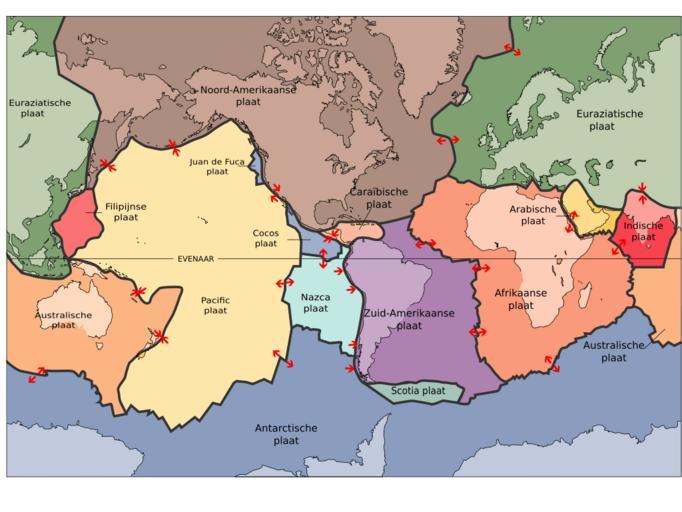MAKE A MEME
View Large Image

| View Original: | Platse tect2 nl.svg (4217x3168) | |||
| Download: | Original | Medium | Small | Thumb |
| Courtesy of: | commons.wikimedia.org | More Like This | ||
| Keywords: Platse tect2 nl.svg The key principle of plate tectonics is that the lithosphere exists as separate and distinct tectonic plates which float on the fluid-like visco-elastic solid asthenosphere The relative fluidity of the asthenosphere allows the tectonic plates to undergo motion in different directions Note That the Indian and Australian plate aren't separated; they are together forming the Indo-Australian Plate 1 Synopsis on development 2 Key principles 3 Types of plate boundaries o 3 1 Transform conservative boundaries o 3 2 Divergent constructive boundaries o 3 3 Convergent destructive boundaries 4 Driving forces of plate motion o 4 1 Friction o 4 2 Gravitation o 4 3 External forces o 4 4 Relative significance of each mechanism 5 Major plates o 5 1 Continental drift o 5 2 Floating continents o 5 3 Plate tectonic theory + 5 3 1 Explanation of magnetic striping + 5 3 2 Subduction discovered + 5 3 3 Mapping with earthquakes o 5 4 Geological paradigm shift 6 Biogeographic implications on fauna and flora 7 Plate tectonics on other planets 8 Metaphoric uses 9 See also 10 References 11 External links Plates_tect2_en svg 2008-09-18 09 30 UTC derivative work Lies Van Rompaey <span class signature-talk >talk</span> Plates_tect2_en svg OR translated English words into Dutch Lies Van Rompaey Plates_tect2_en svg Global maps of tectonic plates | ||||